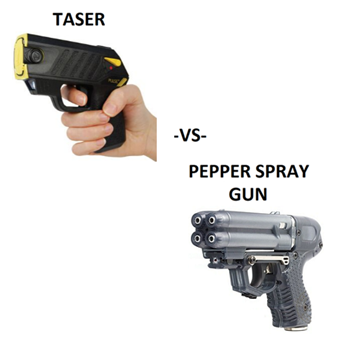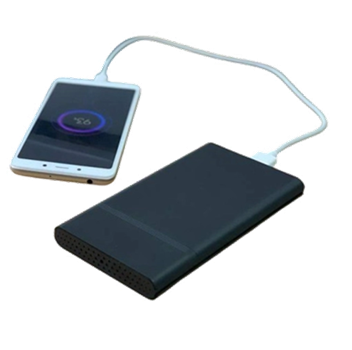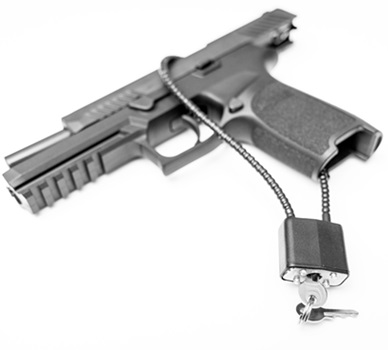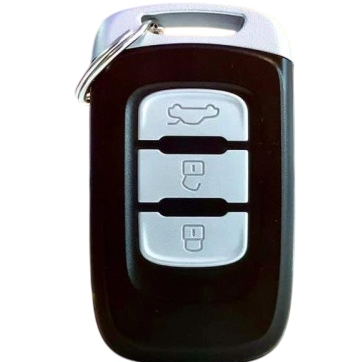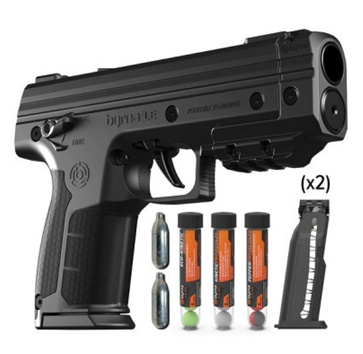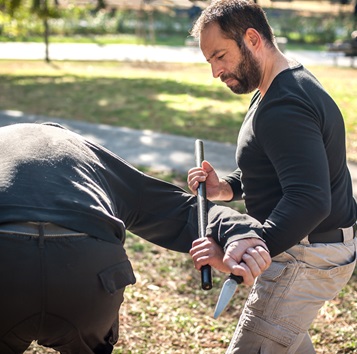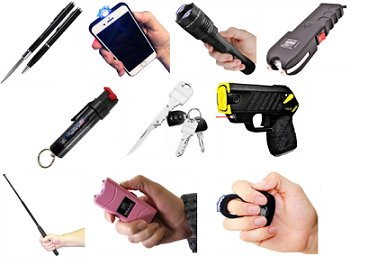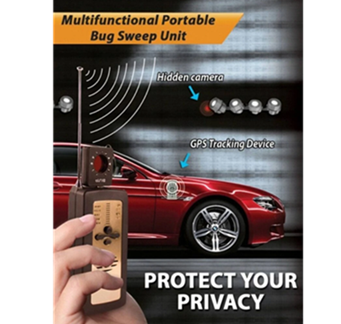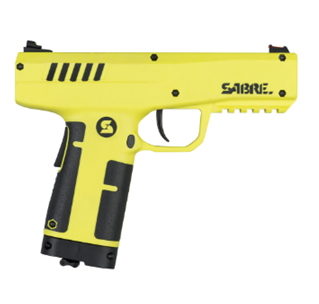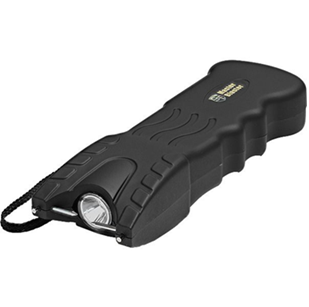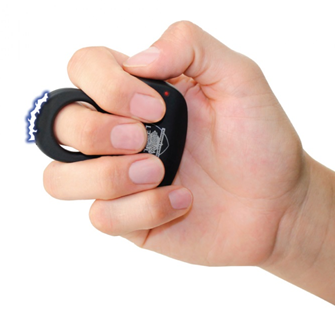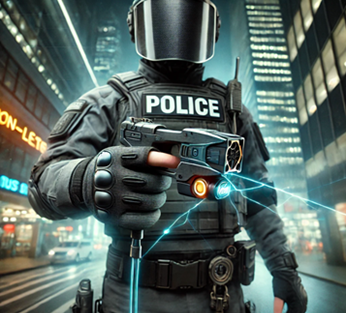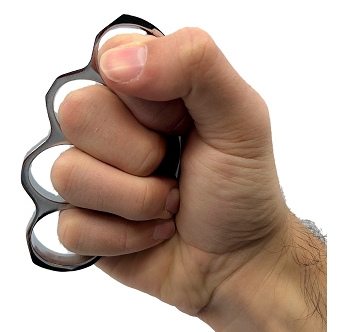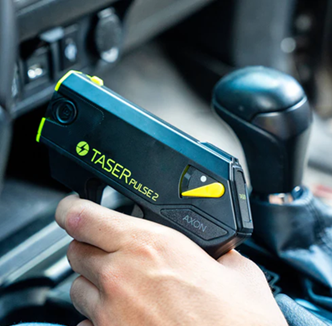Safety Tips for Using a TASER: What You Need to Know
 In recent years, TASERs have become a popular tool for personal protection and law enforcement. These non-lethal devices offer a means of self-defense without the deadly consequences associated with firearms. However, like any powerful tool, the proper and safe use of a TASER requires understanding, practice, and adherence to guidelines. This comprehensive guide aims to provide essential safety tips for using a TASER, ensuring that you can protect yourself effectively while minimizing risks.
In recent years, TASERs have become a popular tool for personal protection and law enforcement. These non-lethal devices offer a means of self-defense without the deadly consequences associated with firearms. However, like any powerful tool, the proper and safe use of a TASER requires understanding, practice, and adherence to guidelines. This comprehensive guide aims to provide essential safety tips for using a TASER, ensuring that you can protect yourself effectively while minimizing risks.
Understanding How TASERs Work
Before delving into safety tips, it’s crucial to understand how TASERs function. TASERs are electroshock weapons that use electrical currents to incapacitate a target temporarily. When a TASER is deployed, it fires two small dart-like electrodes connected to the main unit by wires. These electrodes deliver an electrical charge that disrupts the target’s muscle functions, causing temporary paralysis and incapacitation.
TASERs are designed to be non-lethal, but their effectiveness depends on proper use. Understanding the mechanics and limitations of your TASER will help you use it more safely and effectively.
Legal Considerations
Know the Law
The legality of TASER ownership and use varies significantly by location. Before purchasing or carrying a TASER, research the laws in your area. Some jurisdictions have specific restrictions on who can own a TASER, where it can be carried, and under what circumstances it can be used. Ignorance of the law is not a defense, so make sure you’re well-informed.
Obtain Necessary Permits
In some places, you may need a permit to carry a TASER. Check local regulations and obtain any required permits to ensure you’re complying with legal requirements. Failure to do so could result in legal consequences, even if you use the TASER in a self-defense situation.
Choosing the Right TASER
Assess Your Needs
Different TASERs have different features, so it’s essential to choose one that fits your needs. Consider factors such as size, range, and ease of use. For personal protection, a smaller, more portable model may be ideal. For professional use, a TASER with a longer range and additional features might be more appropriate.
Research Brands and Models
Not all TASERs are created equal. Spend time researching various brands and models to find one that is reliable and well-reviewed. Look for TASERs that have a good track record for performance and safety. User reviews and professional assessments can provide valuable insights.
Purchase from Reputable Sources
Buy your TASER from a reputable dealer to ensure you’re getting a genuine, high-quality product. Avoid purchasing second-hand or from questionable sources, as these TASERs may be defective, outdated, or even counterfeit.
Proper Training and Familiarization
Take a Training Course
While not always required by law, taking a training course on TASER use is highly recommended. Professional training can teach you how to use your TASER effectively and safely. Courses often cover topics such as aiming, firing, and dealing with various scenarios you might encounter.
Practice Regularly
Owning a TASER is not enough; you need to be proficient in its use. Regular practice will help you become comfortable with the TASER’s operation and improve your accuracy. Familiarize yourself with the feel of the TASER, the trigger mechanism, and the range at which it is most effective.
Understand the TASER’s Limitations
No self-defense tool is perfect, and TASERs have their limitations. They may not be effective on individuals under the influence of drugs or alcohol, or on those wearing thick clothing. Understanding these limitations will help you set realistic expectations and plan accordingly.
Safe Handling and Storage
Handle with Care
Treat your TASER with the same care and respect as you would a firearm. Always assume it is loaded and ready to fire. Avoid unnecessary handling and keep your finger off the trigger until you are ready to use it.
Store Safely
When not in use, store your TASER in a safe, secure location. Keep it out of reach of children and anyone who should not have access to it. Consider using a locked case or a secure drawer to prevent unauthorized access.
Check Batteries Regularly
TASERs rely on batteries to function. Regularly check the battery level and replace batteries as needed to ensure your TASER is always ready for use. A TASER with a dead battery is useless in a self-defense situation.
Situational Awareness
Be Aware of Your Surroundings
Situational awareness is key to personal safety. Pay attention to your surroundings and be mindful of potential threats. Knowing what’s happening around you can help you avoid dangerous situations and prepare to defend yourself if necessary.
Use the TASER as a Last Resort
A TASER should be used as a last resort, not as a first line of defense. Whenever possible, try to de-escalate the situation or remove yourself from danger without using the TASER. Use verbal warnings and attempt to create distance between yourself and the threat.
Aim for the Torso
For maximum effectiveness, aim the TASER at the torso of the target. The larger surface area increases the likelihood of both electrodes making contact and delivering the full electrical charge. Avoid aiming at the head, neck, or other sensitive areas.
Deployment Techniques
Maintain a Safe Distance
When deploying a TASER, maintain a safe distance from the target. Most TASERs are effective at a range of 15 to 25 feet. Staying within this range will help ensure the electrodes reach the target and deliver the charge.
Use a Firm Grip
Hold the TASER with a firm grip to prevent it from slipping or being knocked out of your hand. A secure grip will also help you aim more accurately.
Be Prepared for Multiple Shots
Some TASERs are capable of delivering multiple shots without reloading. Be prepared to fire additional shots if the first one does not incapacitate the target. Practice reloading or switching cartridges quickly if your TASER requires it.
Post-Deployment Actions
Move to Safety
After deploying the TASER, move to a safe location as quickly as possible. The effects of the TASER are temporary, and the target may recover quickly. Put distance between yourself and the target to reduce the risk of retaliation.
Call for Help
Once you are safe, call the authorities. Reporting the incident ensures that help is on the way and provides an official record of the event. Provide as much information as possible, including your location, a description of the attacker, and any other relevant details. Some TASER models come with the "TASER Safe Escape Product Replacement Guarantee." This guarantee allows users of the C2, Bolt, Pulse, and Pulse+ Conducted Electrical Weapons to deploy the device in self-defense and leave it behind, giving them time to reach safety and contact law enforcement.
Provide Medical Assistance if Necessary
If the situation allows, check on the condition of the person you tased. They may need medical assistance, especially if they have any pre-existing health conditions. Call emergency services if there are any signs of serious injury or distress.
Legal and Ethical Considerations
Report the Incident
After using a TASER, it’s important to report the incident to the appropriate authorities. This includes filing a police report and informing any relevant parties, such as your employer if you used the TASER in a professional capacity. Reporting the incident ensures transparency and accountability.
Understand the Consequences
Using a TASER, even in self-defense, can have legal and social consequences. Be prepared to justify your actions and understand that there may be an investigation. Knowing the laws in your area and acting within legal boundaries will help you navigate any potential repercussions.
Reflect on the Experience
After the incident, take time to reflect on what happened. Consider what you did well and what you could improve. Reflecting on the experience can help you learn and be better prepared for any future situations.
Conclusion
TASERs are powerful tools for self-defense and law enforcement, but their effectiveness and safety depend on proper use. By understanding how TASERs work, staying informed about legal requirements, choosing the right device, obtaining proper training, and following safe handling and deployment practices, you can ensure that you use your TASER effectively and responsibly.
Remember, a TASER is just one part of a comprehensive personal safety strategy. Stay aware of your surroundings, practice situational awareness, and be prepared to use de-escalation techniques whenever possible. With the right knowledge and preparation, you can protect yourself and others while minimizing risks and ensuring safety.
Company Info
Customer Service
Product Information
- TASER® and Stun Devices Regulations by State
- TASER® Safe Escape Product Replacement Guarantee
- TASER® Comparison Chart
- TASER® User Manuals
- TASER® Warranty Info
- Byrna Product Catalog
- PepperBall Manuals & Spec Sheets
- Pepper Spray Laws
- Air Gun Laws
- States that Restrict Automatic and Butterfly Knives
- Our Print Catalog



























